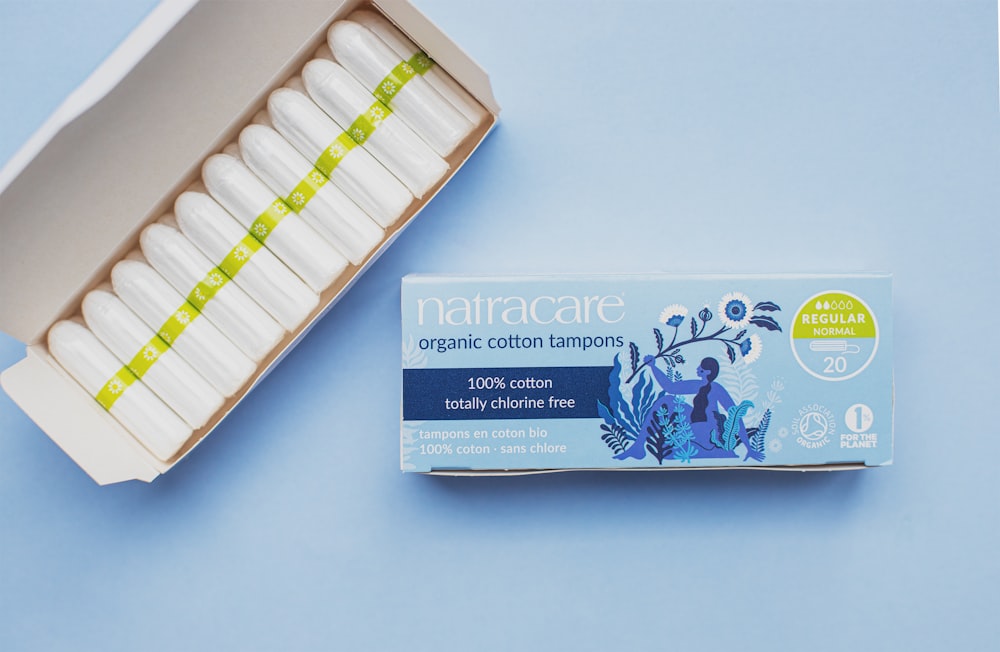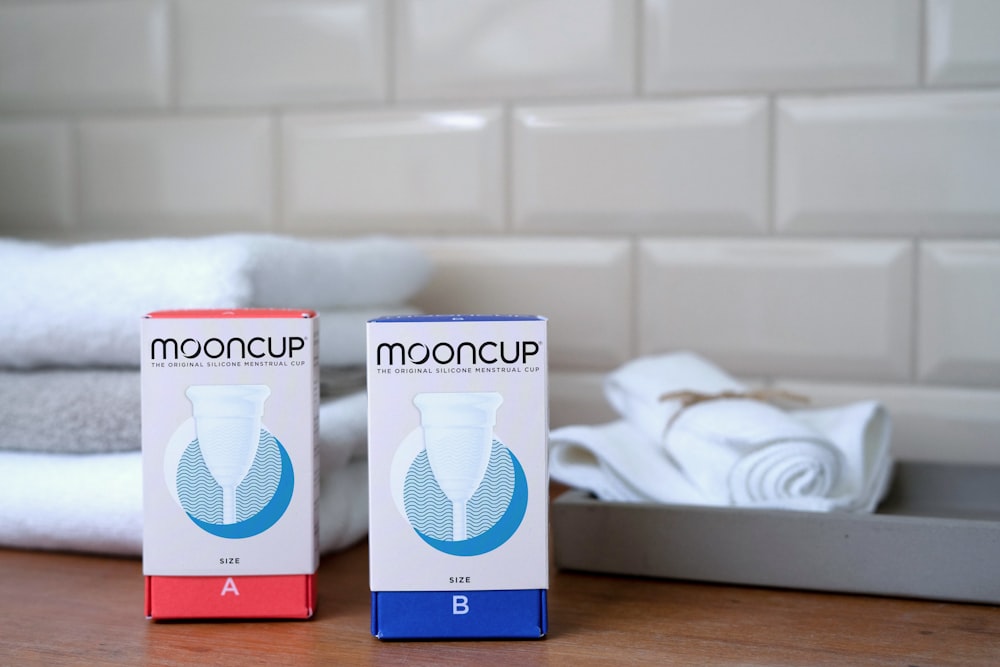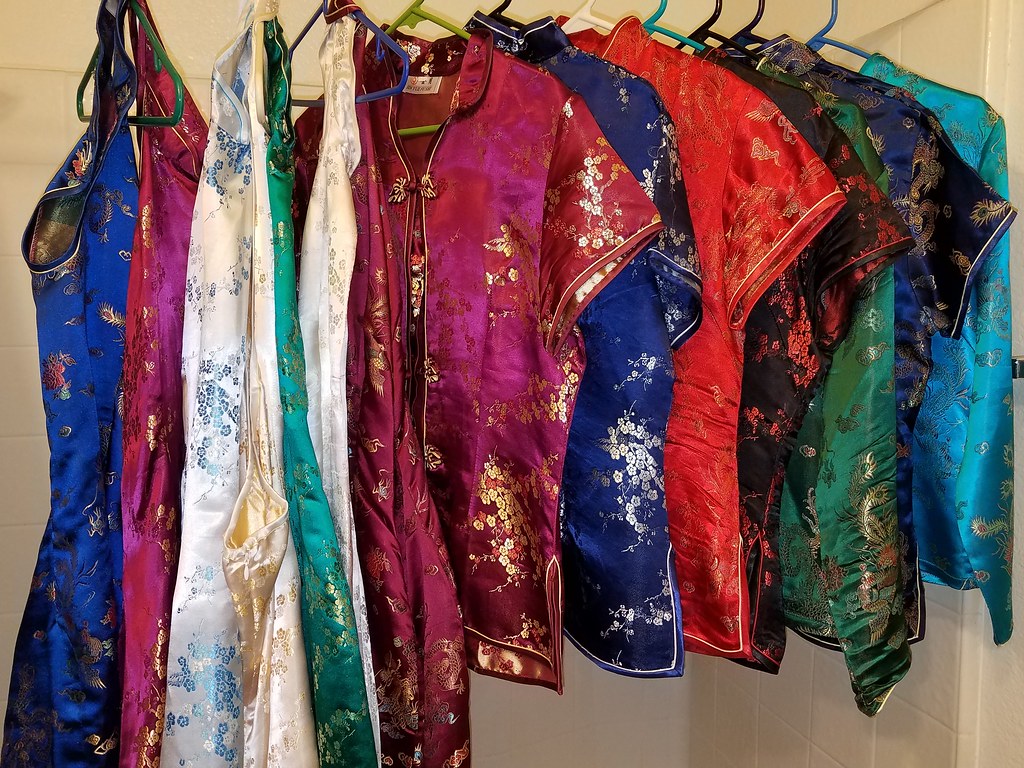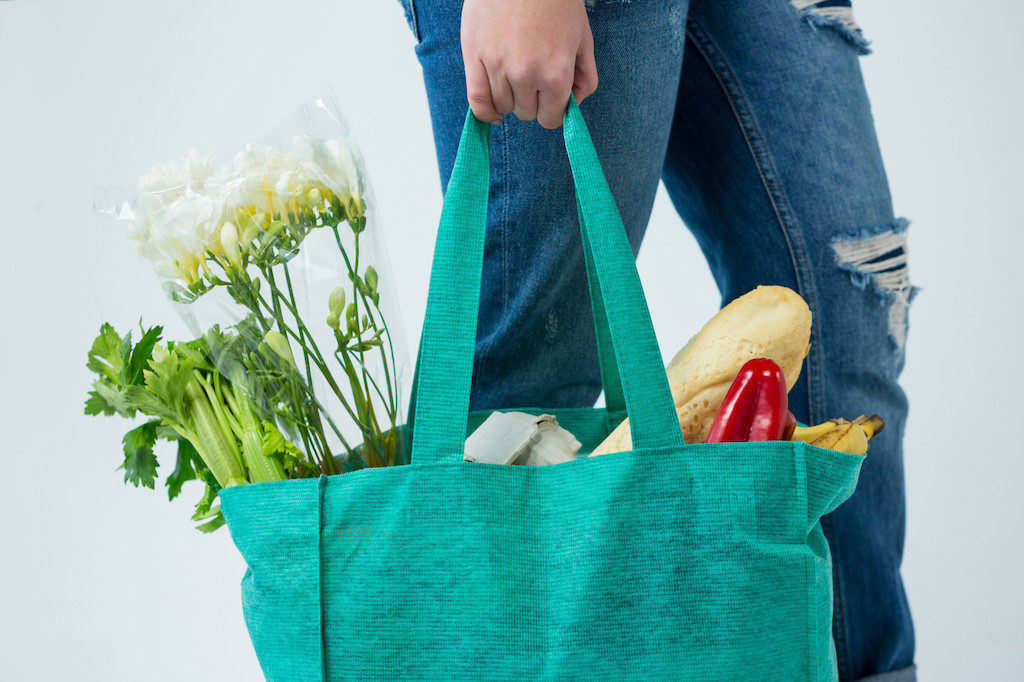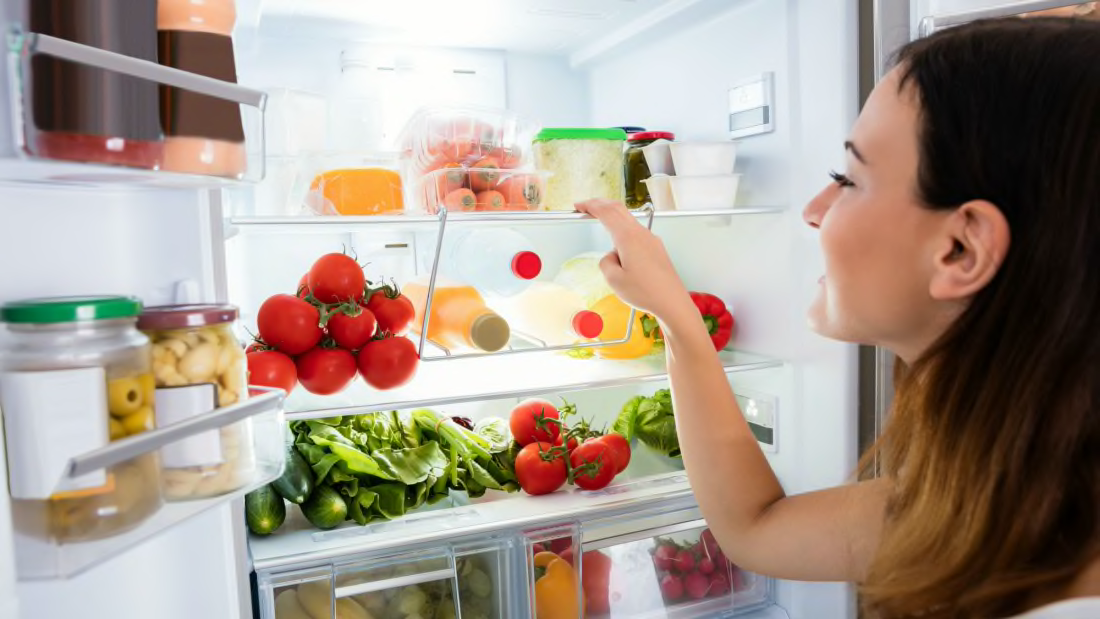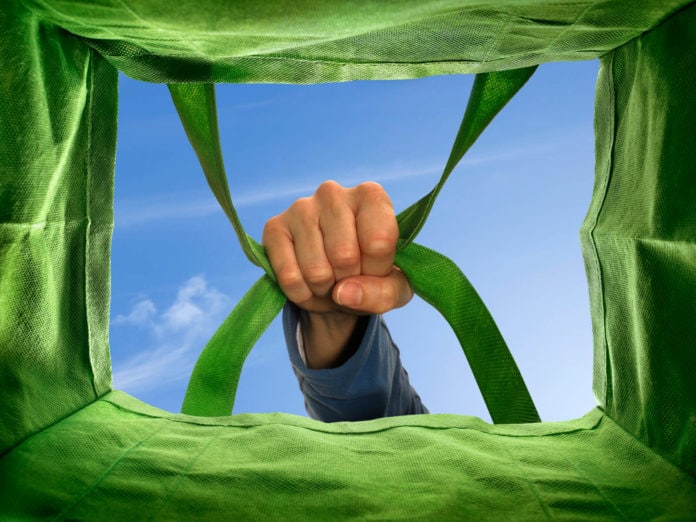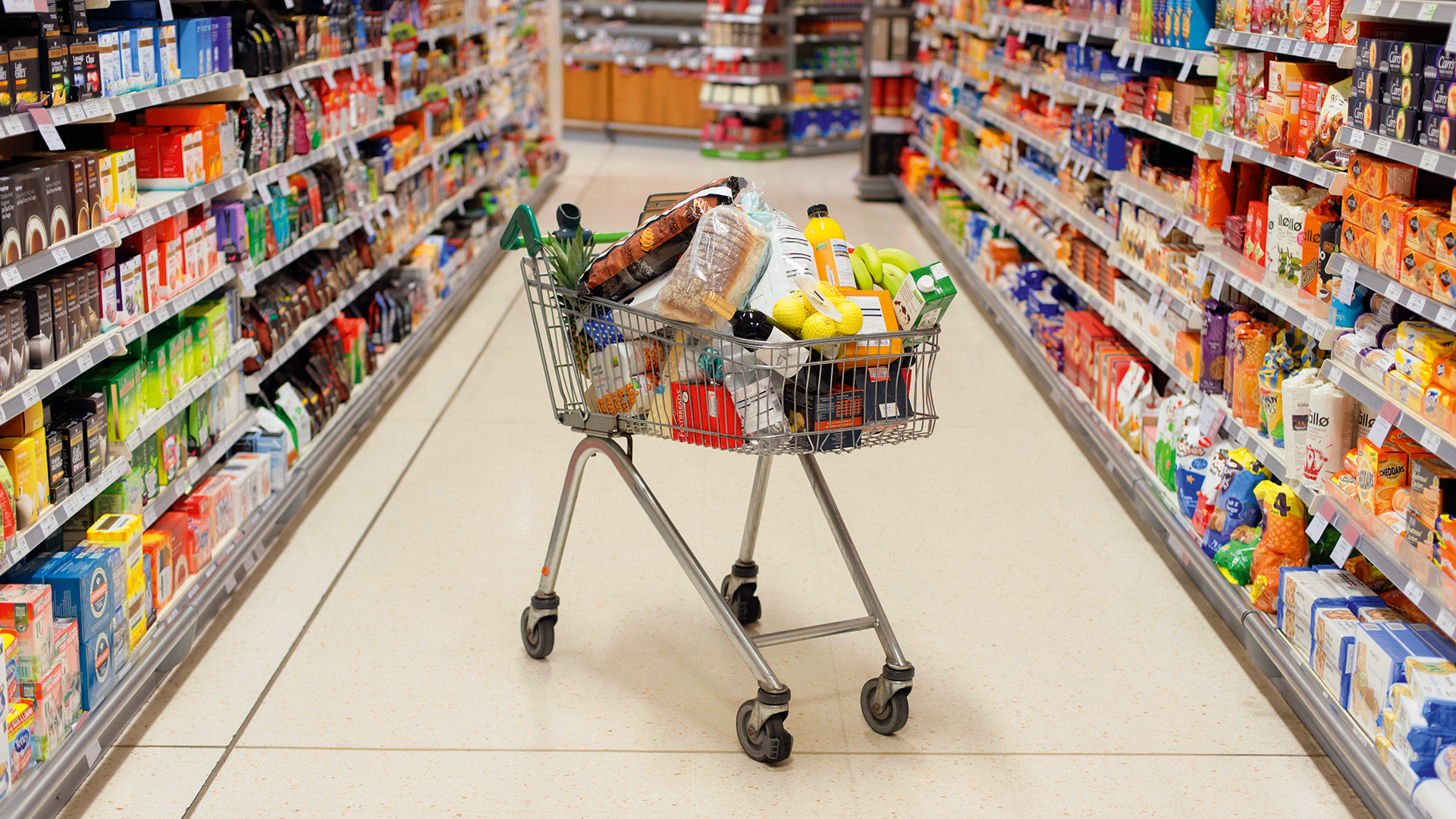Sustainability is trending right now- everyone is aiming to be more sustainable to save our resources and limit waste. It is a trending topic on social media; actors, activists and influencers are all talking about sustainability, but one aspect is constantly disregarded.
According to statistics, women have an average of 456 periods in their life, which translates to 9,120 tampons used all of them end up in landfills. It is also good to highlight that single-use menstrual products generate more than 200,000 tonnes of waste annually.
There is a lot of misinformation concerning period products, even though they are readily available. On top of this, green-washing is becoming more prominent. If you don’t know about green-washing, it is a marketing strategy used by different companies to make their products seems as if it was sustainable even if it is not.
If you are willing to be more sustainable, you may want to research before buying a product. We have noted some important things that may be useful;
Natural materials; You will want to look for period products with little to no synthetic materials such as plastics. As you may already know, plastics are not biodegradable and can last for hundreds of years. Plastic can be as bad for you as for the environment; period products made of plastics can develop rashes and are uncomfortable compared to cotton.
Non-Toxic; Apart from the primary materials, other things made up period products, for example, phthalates, parabens, dioxins, and PFAS. Your vagina is a sensible part of your body, and when you use any period products, these toxins may enter your body.
Sustainable packaging; Apart from the product, the packaging should be made sustainably. Stay away from plastic, even if it is recyclable. I would recommend you go for paper.
Ethics; Some brands claim to be sustainable but are not, so it is better to choose a completely transparent brand. Be honest and truthful about their supply chain, where they are getting their material from, their workers’ conditions, etc.
Impact; The brand you choose should be only looking to make a profit; of course, it does count a lot, but they should be impacting the world and contributing in their ways. There are a lot of girls in the world that don’t have access to proper sanitary products, which affects their lives as they cannot go to school during this time which is 5-8 days missed. Please choose a brand that contributes to making the world a better place.
Now, different options are more sustainable than the standard pads or tampons seen in supermarkets.
Period Panties
The name describes itself; it is panties used when you have your period. There is no need to use pads or tampons. Different models depending on your flow. The maximum time you can keep them on is 6 hours. If you take good care of it, it can last 6 months.
Menstrual Cup
These menstrual cups, also known as period cups, are made of medical latex, so they should be inserted into the vagina during your menstruation. It does not absorb the blood but instead collects it, and then you should disregard the content every 6 to 12 hours, depending on your flow.
Menstrual cups are made of 4 % plastics but compared to standard pads made with 35 % and tampons 6 % plastic, they are reusable. Studies have shown that menstrual cups have a less environmental impact than pads or tampons.
Reusable Pads
The reusable pads have the same set of instructions as the period panties. Except for this one, you have to attach it to your panties and then wash it when you are done using it, instead of throwing it away as regular panties.
There are a lot of alternatives to standard period products right now, and we should embrace them. Let us know in the comments if you are willing to try these Eco-friendly alternatives…

